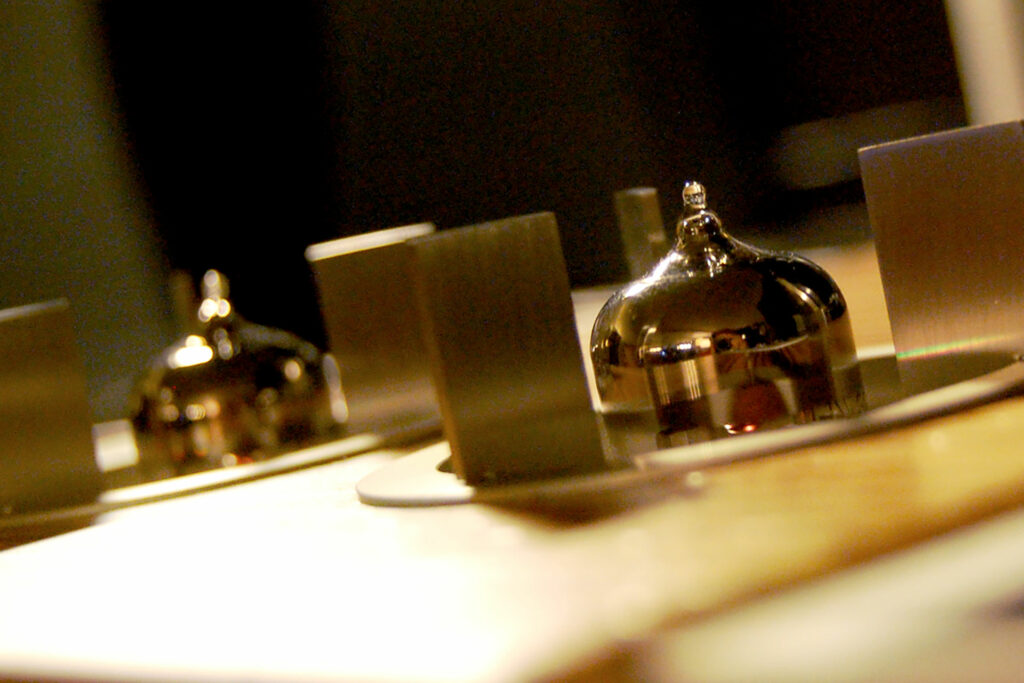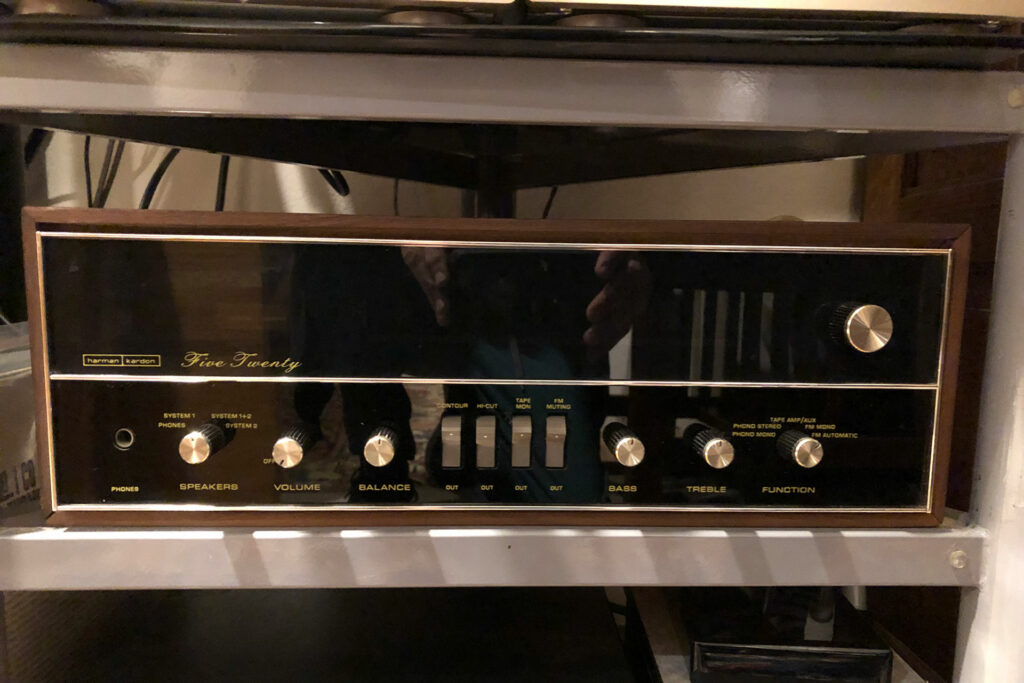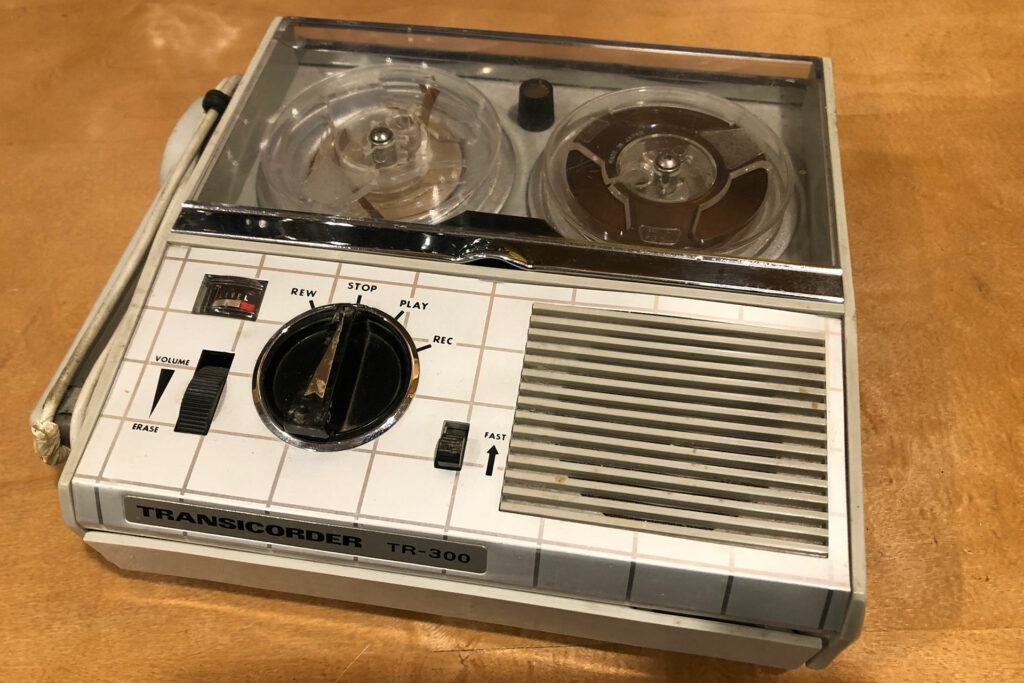After my article about three recent in-warranty repairs, my publisher, Jerry Del Colliano, asked me to write about out-of-warranty audiophile repairs. Those are the ones that you can expect to have to pay for. Basically, there are three out-of-warranty repair scenarios. You could have a component that is still in production from a manufacturer but no longer covered by the company’s free repair-or-replace policy, or you could have a product recently discontinued but the manufacturer is extant and supporting older products, or lastly, you could own a piece of gear in need of repair whose manufacturer has folded its tent and ceased to exist or has merely ceased to repair your older component.

Repairing Gear from a Manufacturer Still in Business
If the maker of your component still has the component in their current inventory, any repair could be relatively simple. A phone call, email, or contact via their website should get the ball rolling. The primary issues you will face will be shipping the component back to the manufacturer and the projected cost of the repair. If your component is no longer made, how long it has been the model was last manufactured will determine whether a manufacturer can complete repairs. The older a component is, the worse your chances are that the manufacturer has the parts to repair it. Threshold Electronics, whose audiophile amplifiers were primarily designed by Nelson Pass – now of Pass Labs – is a prime example of high-performance firm that still supports almost its entire line of discontinued components, with the exception of the 800A amplifier, which requires parts that are no longer available. Threshold charges $225 for an estimate, which can then be applied against the final repair cost. Currently, their in-house repair time runs about four weeks.
Audio Research is another venerable firm that supports even their earliest offerings, going as far back as the SP-3A preamplifier. They use a return authorization system, so don’t send them anything without an assigned RMA number. Also, they prefer repairs to come through their dealer network. PS Audio also will work on out-of-warranty products. They can go back to products that are ten years old, such as the P-5 and P-10 power conditioners, but older power amplifiers, such as the PS Audio 200C, are no longer supported. Again, the main issue is parts availability. Since PS Audio sells gear directly to consumers via the web, they also handle repairs via their website. Generally, older tube electronics are a better bet to be repaired than older solid-state devices, which are more likely to have employed parts or circuit boards that are no longer available. There are several factors involved that make tube electronics easier to fix. Most have simple discrete circuitry that is easily diagnosed by an experienced technician. You can find a circuit diagram via the Internet for many popular tube designs. Also, most of the critical internal parts in tube electronics are mostly still available, or at least a good working substitute is available, thanks in large part to the tube electronics parts coming out of China.

Local Audiophile Repairs – Searching for Competence
The best alternative to having the manufacturer do your repair would be to find a local repair person to work on your gear, depending on where you live. If you are in an audio club, that’s a great place to ask other members if they have a local source for repairs. If that particular resource is not available, you could try contacting your local audio shop (if you have one nearby) to see if they can recommend someone, or if they have a repairman in-house. For all repairs, the old saying applies: “good, fast, cheap – pick two.”. Some local repair persons I used over the years promised far more than they delivered, while others delivered more than they promised. I would recommend getting feedback from folks who’ve used a particular repair site before committing to a repair. And always get an estimate in writing as well as a clear agreement on exactly what will be repaired and what parts are likely to be replaced. This saves a lot of potential confusion or conflict later.

To Fix or to Recycle: That Is the Question
Some audio components are not worth fixing. I have the very first tape recorder I owned. It is a Transcorder TR-300. It’s now over 60 years old. I’m sure it’s rare, because it was cheap and did not work for long. I keep it because somehow it has remained with me all these years, so why throw it away now? But it is simply too far gone to be worth the attempt to get it working again. Also, I seriously doubt that I could afford the cost of a tape recorder specialist going through it (as if they would even accept such a toy for repair). At the other end of the repairable spectrum, I used to own an Accuphase C-200preamplifier and P-300 power amplifier. Both were reconditioned by a firm that no longer exists who specialized in Accuphase and STAX repair, called Accutech. Vintage Accuphase gear is still repairable, as demonstrated by the numerous YouTube videos on the subject. Finding a repair facility as familiar with Accuphase gear as Accutech may be a stretch. But given their build quality and sound when working within specifications, Accuphase components are well worth investing in a complete repair.
Other early models from premium brands such as Conrad Johnson, Krell, and VTL are also worth repair unless they were victims of a flood (water damage to electronics is one of the scenarios that can reduce even the most premium gear to junk). As to when a repair becomes too expensive to contemplate, that comes down to a personal decision. Sometimes, personal attachment outweighs commercial value. I have a Harman Kardon Nocturne 330 receiver that I purchased recently because it was the first stereo I owned. It needs repair, which will run more than I invested in it originally, but it’s worth it to me to get it working for nostalgia’s sake (and my own curiosity as to what a working one sounds like today.) You may have a similar piece in your possession. While the Nocturne 330 is not currently at a repair shop (still looking for the right one), I will eventually get it working again. I’ll tell you how that all worked out in another article. Yes, along with death and taxes, you can expect something in your audio system to break someday. But if you own high-quality older components that are out of warranty, there is a good chance that they can be brought back to original specifications by a competent repair facility. The trick is finding the right one…
Some Repair Shops For Your Audiophile Consideration
Audio Designs – Burbank, California
Audio Classics – Vestal, New York
George Meyer AV – Los Angeles, California
Deltronics – Chicago, Illinois
Affiliated Electronics – Hillsboro, New Jersey (908) 874-3799




This is an important topic to some of us because often the buyer is unaware of the various issues that could make repair difficult/impossible and therefore making the product disposable if something happens to render it inoperable.
Exactly this situation happened with Cherry Amp when the founder Tommy O’brien passed away and repairs became an issue. Being aware of this, I recently purchased a very well reviewed amplifier built by a “one man shop” but before making the purchase, I called the owner and he confirmed that all schematics and spare parts were available at Scott Frankland Associates (which I then confirmed) so I went ahead with the purchase.
Similar to this is the problem of “proprietary drivers, modules, etc.” that become difficult or impossible to get for one reason or another…here is an example of one such item that is of concern to a bunch of speaker owners…Peerless DA32TX00-08 1-1/4″ Corundum Dome Tweeter.
We are in a “buyer beware” situation and each of us has to decide how much risk we want to take and how much up front research we want to perform before making a purchase.
Thank you for providing a list of possible repair shops.
I hate to buy “disposable” components, so this is also a consideration for me too. I’ve been lucky over the years and only had one issue with a discontinued Paradigm speaker. They had the replacement drivers in stock and I replaced both R/L – I was very happy / satisfied with the fix and it makes me more likely to buy their product in the future.
Amps and Preamps seem more durable, but I still went with brands that I thought would be able to stand behind their product and fix if needed – or at least be repariable. I don’t want to think about my pre-amp needing ever needing repair, but I hope the Nelson Pass design would be documented well enough to be repairable, My favorite electronics brand for support is Bryston. I asked them a question about how to hook up a balanced outputs to my sub and one of the owners of the company replied to my question!
Fortunately, Carver is still in business and can refurbish/upgrade many of their vintage products. I also found some 3rd party refurbisher/upgraders and was able to get my M-500(t) amp and CX-1 preamp all updated and made even better than new. Much to like about keeping good old gear going well into the 2020s.
Two years ago I had two good Sony cassette decks repaired at a place near Portland Oregon and was very happy with the results.
I’d be happy to service your HK Nocturne 330. I refurbish equipment like this and pretty much all of the mid and late century stereo equipment as a hobby. I worked at a premium audio (later audio-video) outlet in the Washington, DC area as their senior tech for many years and have all the necessary test equipment to perform this work.
“Generally, older tube electronics are a better bet to be repaired than older solid-state devices, which are more likely to have employed parts or circuit boards that are no longer available.”
That’s very much a case-by-case situation and I can almost always find substitute parts, like this B&O beauty:
I used to be the service manager at Bammel TV & Electronics in Houston. They are factory authorized for many audio companies such as McIntosh. They service solid state and tube equipment. They specialize in vintage audio repair. They recently repaired my Thorens TD126MK3 turntable and Paradigm Studio 20 speaker. They might be a good southern option.